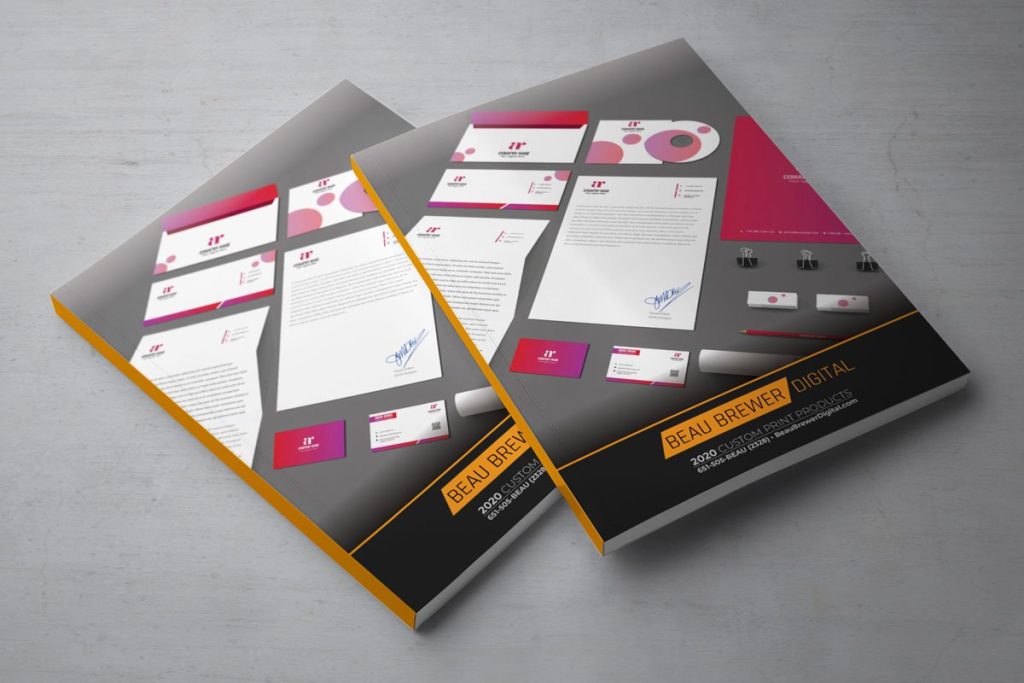Many businesses design and print brochures without stopping to consider specific brochure printing in Red Wing, MN intricacies that might make or break the final product. A high-quality brochure differs from a low-quality brochure not just by how it looks, but also by a number of other design and message elements.
Look Beyond an Expert Model
However, brochure information is also crucial. Not all designers possess the aptitude to create brochures after learning about the company and its USP. Business knowledge is vital since it allows designers to develop high-quality brochure by removing a lot of their guesswork. Either the company should invest the first time in providing the designer with advice, or it should collaborate with a designer who has a commercial mindset.
Specifically indicate contact information
Clear contact information is essential for the success of your call to action, so make sure it is prominently displayed on the brochure. It should be placed as close as possible to your call to action. Additionally, the majority of people normally check at the back cover when they wish to contact you.
A brochure should be created to present your company in the best possible way. Your brochures should be printed on the highest-quality paper you can afford and use the greatest artwork of all your printed materials. When creating and publishing a brochure, there are an absurd number of alternatives.

Be New and Unique
Making a brochure innovative and original may be the most crucial aspect of design. As previously said, a brochure should effectively communicate to the client what a company stands for. In order to keep ahead of the competition, it’s also critical to have a variety of brochure marketing ideas and analyse what rivals are doing. Additionally, it is beneficial to borrow ideas for brochure design from other business sectors and adapt them into your own work.
Put the reader first
Always centre your material on the advantages it offers your audience or customers. Create the brochure with the intended audience in mind. Although few individuals will really read a leaflet from cover to cover, keep that in mind. For instance, pictures or diagrams may convey a lot of information quickly. For the purpose of demonstrating comparisons or simplifying technical information, charts and graphs are useful. The majority will probably scan the leaflet to get the information that will be most helpful to them. By being aware of that beforehand, you may design a simpler layout that is straightforward to use. Additionally, strive to avoid professional jargon and speak with your audience in their own language.